What TV size is best for gaming?
If you’re buying a new TV, what is the optimal size for a gaming set-up?
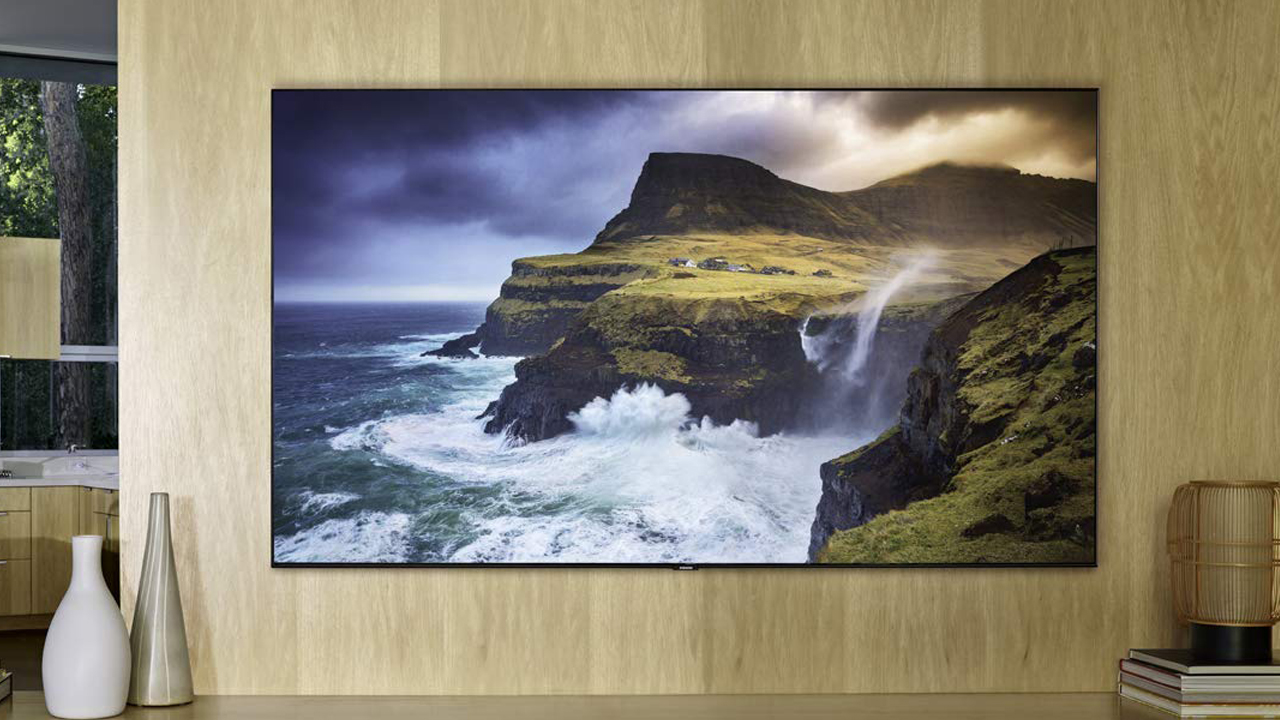
There’s a lot to consider when you’re buying a new gaming TV. Do you want 4K? HDR? What’s the response time? Will I use all these smart features? What’s an OLED? Size, however, definitely matters. A large TV is a statement as well as an entertainment centre, and as models up to 80-inch across become mainstream, the question of whether you could get one of those through your living room door becomes a very real one.
The size of TV that will work best in your room will depend on two variables. The first is simple: the resolution of the TV. That’s going to be 1080p or 4K (2160p), and the theory here is that you can sit closer to a TV with a higher resolution to make the most of the additional detail on offer. Most modern screens and contenders for best gaming TV are 4K now.
The second variable, the size of the room, defines the ideal spot for you to sit in while watching your new TV. This is calculated as a multiple of screen size, which is measured across the diagonal of the screen, from top left to bottom right. Or the other way around if you prefer. The calculation is different depending on TV resolution, for reasons outlined above. There are also different formulae, with some spitting out a minimum viewing distance twice that of others. As fans of big TVs, we’ve used a formula that gets you nice and close.
43-inch TVs
Why you can trust GamesRadar+
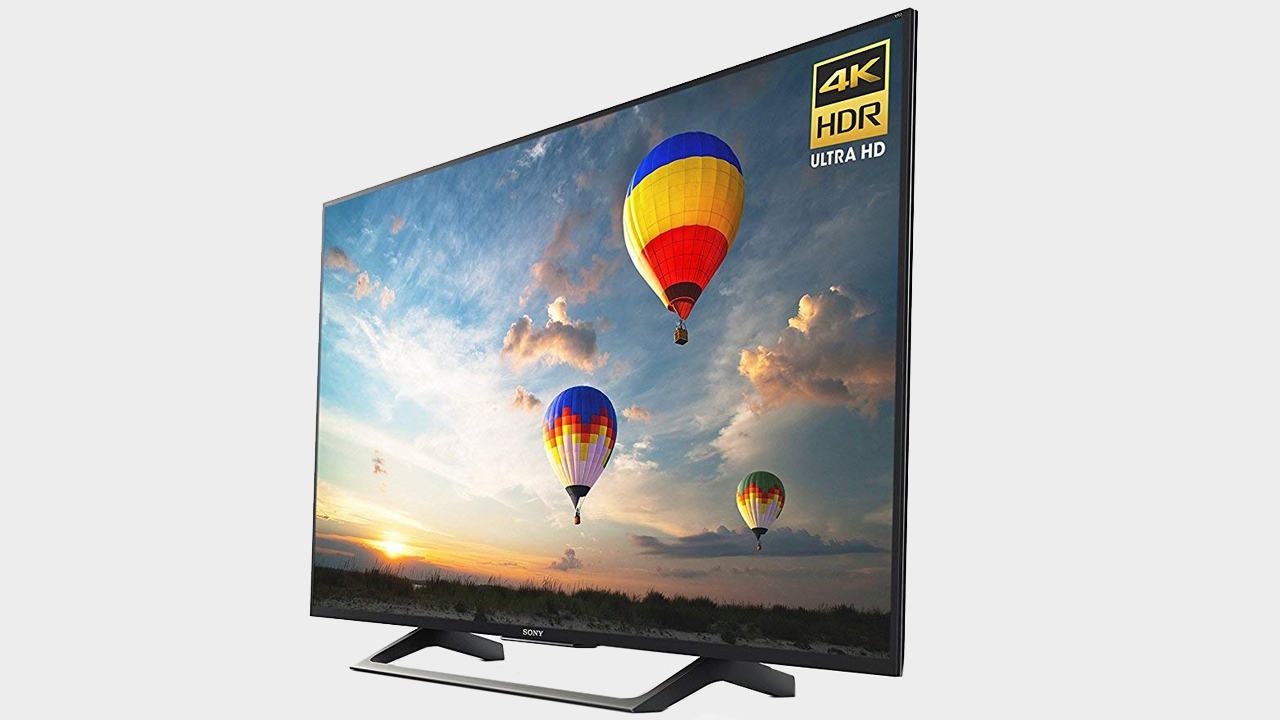
This is just about the perfect size for a smaller living room or bedroom. It’s big enough, which you’ll immediately notice if you’ve tried to use a 32-inch set in the same space, but not big enough that it starts to dominate other pieces of furniture or any paintings you may have hung. You’re looking at a minimum viewing distance of about 1.8m at 1080p, and 1.3m at 4k, so there’s plenty of room to draw a sofa up directly across from it. Modern TVs aren’t nearly as heavy as they were just ten years ago - the demise of plasma saw to that - but sets in this size bracket are particularly light and easy to handle. If you’re buying a soundbar to go with your TV, check it’s no taller than the stand you’re putting the TV on, or it will jut into the picture. The ideal TV for anyone looking at 43-inch is probably a quality 4K set, like the Sony XBR 800 series, that delivers clarity and color for a smaller screen.
55-inch TVs
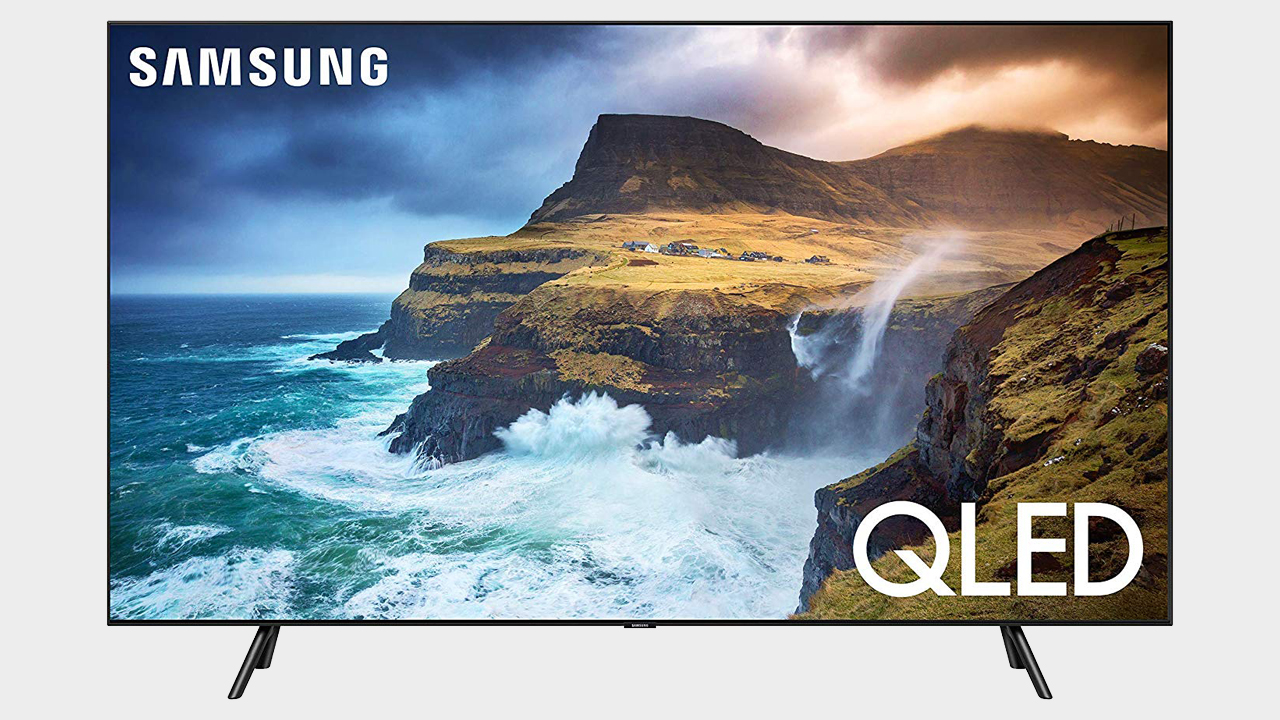
A step up in diagonal makes a real difference to the height and width of the TV, and the extra area this provides is noticeable, yet this is still only classified as a ‘medium-sized’ set. This is perfect for most modern living rooms. Aside from the obvious increase in cost, getting a larger TV means finding more space to house it - check that the feet of any supplied stand are close enough together to fit on whatever cabinet you’re standing it on, or that your wall mount is strong enough to take its weight. Viewing distances here are 2.1m at 1080p, and 1.4m at 4k, so that’s a decent step up from the previous size. Most modern 4K sets are good for this size, but we’d probably recommend a low-end QLED TV like the Samsung Q70R to really make your games and movies pop.
65-inch TVs
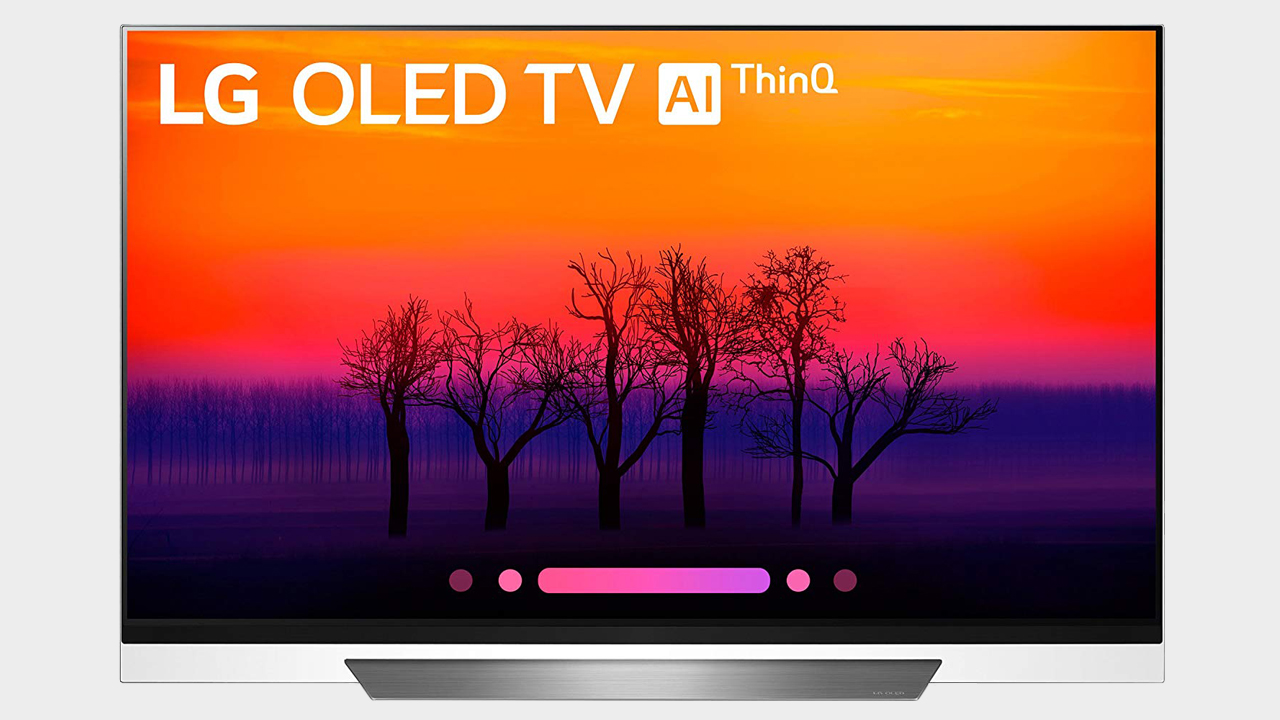
Now we’re talking. It’s possible to buy a 1080p TV at this size, but why would you? Having a 4K set that will drown you in detail and colors is worth the extra expenditure. You’ll find yourself sitting further back from a TV this size than anything that’s come before, so it’s not really suitable for a small room. Anyone who’s played PS4 games on a 75-inch rear-projection TV, with a viewing sweet spot in the next room, will know it can become tiring to turn your head bottom left to check your radar, before looking up into the top corner to see how much ammo you’ve got left. You’ll want to sit at least 2.4m back from one of these big boys at 1080p, and 1.6m if it’s 4K, which it really should be. For this kind of size, your best bet is an OLED model to really show off 4K games, so go for an LG OLED E-series TV.
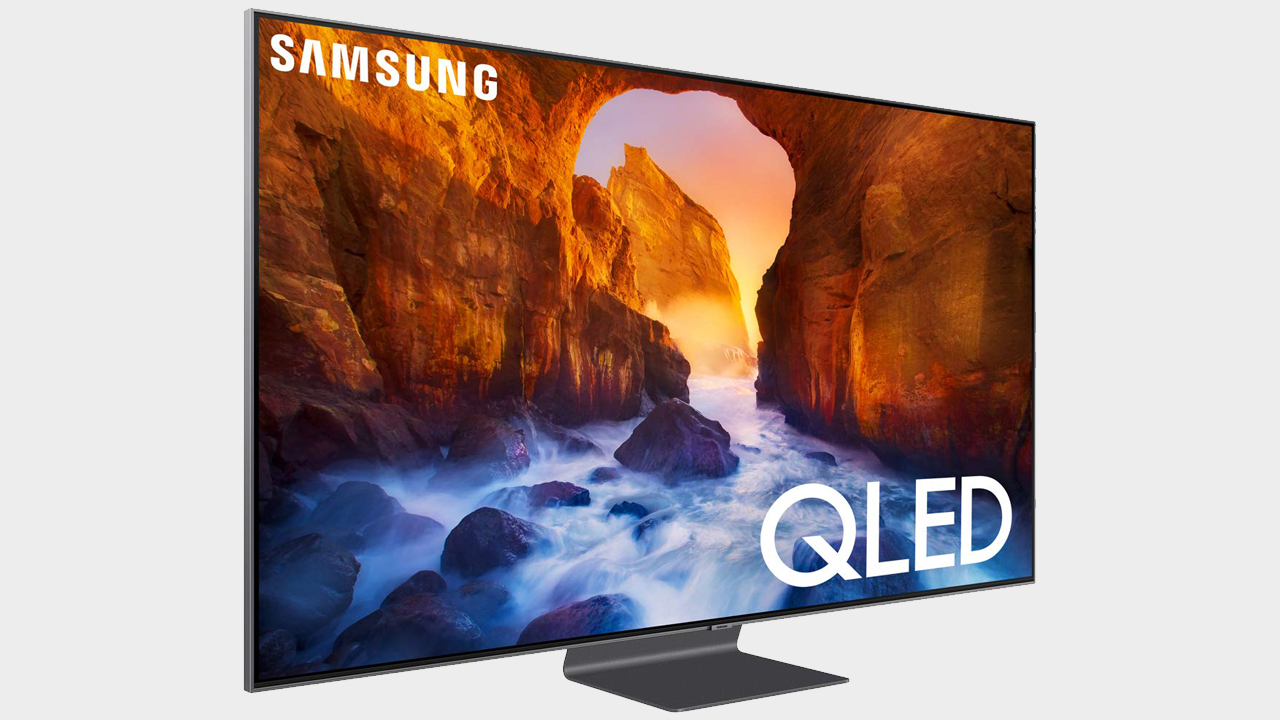
75-inch+ TVs
Introducing one of these to your living room is like adopting an energetic and hairy dog, or perhaps having a baby. It’s going to be impossible to ignore, the neighbours are going to want to come around and visit it, and once you introduce it to gaming there’s really no going back. A TV the size of a wall really deserves to be mounted on one, and those who are particularly well endowed in the banking regions will be able to pick up an 8K resolution set at this size, which requires a whole new set of maths to work out the ideal position for your gaming chair. At 4K, you’re going to want to sit 3.2m back, which is a significant distance so make sure your home is big enough for it. An 8K screen might allow you to halve that, but if you do, are the corners within your cone of vision? Let’s say you can afford an 8K set - the Samsung Q900R is for you, at a cool $4K+ cost.
The size of TV you buy often comes down to just exactly how much you can afford to spend while getting the features you want. There’s plenty of 4K and HDR content around these days, both thanks to the enhanced PS4 Pro and Xbox One X consoles, and from the video streaming services like Disney Plus. Size of screen scales with money available, but also with the size of the room in which you intend to view it, so it’s worth taking some measurements and calculating precisely which size you can comfortably view before you put your money down on a 65-inch monster.
Sign up to the GamesRadar+ Newsletter
Weekly digests, tales from the communities you love, and more
Ian Evenden is an experienced freelance writer whose words can be found everywhere from GamesRadar and PC Gamer to T3 and Tom's Hardware. Ian spent years as the Production Editor for Edge magazine, and has gone on to contribute to a wide variety of gaming, computing, science, and technology publications for well over a decade. Legend has it that Ian disapproves of Oxford commas… sorry Ian, but there's no stopping us now.


